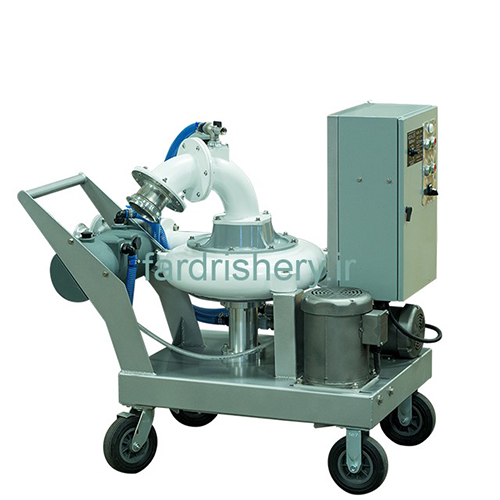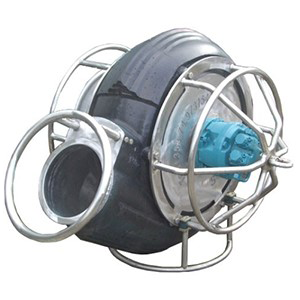Fish pump
In many fish breeding workshops, live fish transfer is a general practice, for example, after harvesting, during sorting or speciation, catching fish in short storage periods, storing in pools or other fields for Reproduction or growth, shipping live fish to the store, and so on. With the development of the aquaculture industry as well as the use of large-scale deep cages, an efficient way of transporting fish is becoming increasingly important.
In traditional transport methods, it results in the loss of a large proportion of fish, and as a result, the fish pump, as an auxiliary tool in the aquatic environment, can perform the transfer without manual intervention and further enhance fish health. , Is a good alternative to traditional methods.
The fish pump is used in aquaculture farms to facilitate the transport of baby fish and larger fish.When transporting fish with a fish pump, adequate oxygen is supplied by an oxygen transducer located near the suction line. With this device, both fish can be moved over long distances and large numbers of fish (about eight tons per hour) can be moved. This method requires less time and labor. In pools that differ in height or are transported long distances, this machine can easily move fish. A limited number of fish pumps have entered Iran since 2012, initially used for carp, then for salmon and other sea fishes, but no research has been conducted so far due to the stressful conditions of physical displacement of fish. Cultivation, examination of the disadvantages and benefits of conventional pump and fish pump methods and their comparison in terms of blood factors are essential.
Tip: Changes in fish blood parameters in response to environmental conditions are also a response to environmental stress and can be considered as one of the important indicators, so stress and stress are one of the major issues in aquaculture.
Stress refers to the physical, chemical, biological or managerial factors that cause reactions in the fish body and in acute cases lead to disease or aquatic death. Maintenance of water quality during fish transportation is a major factor and a primary need for breeding. Stress disrupts homeostasis by causing deleterious effects on behavior, growth, reproduction, immune function and disease resistance.
Changes in water quality, environmental factors, physiological conditions of the fish itself, and fish density per unit volume are all factors in causing stress in the fish. Fish in a process called stress response exhibit physiological and biochemical adaptations to stress that reduce or eliminate the effect of stressor.



